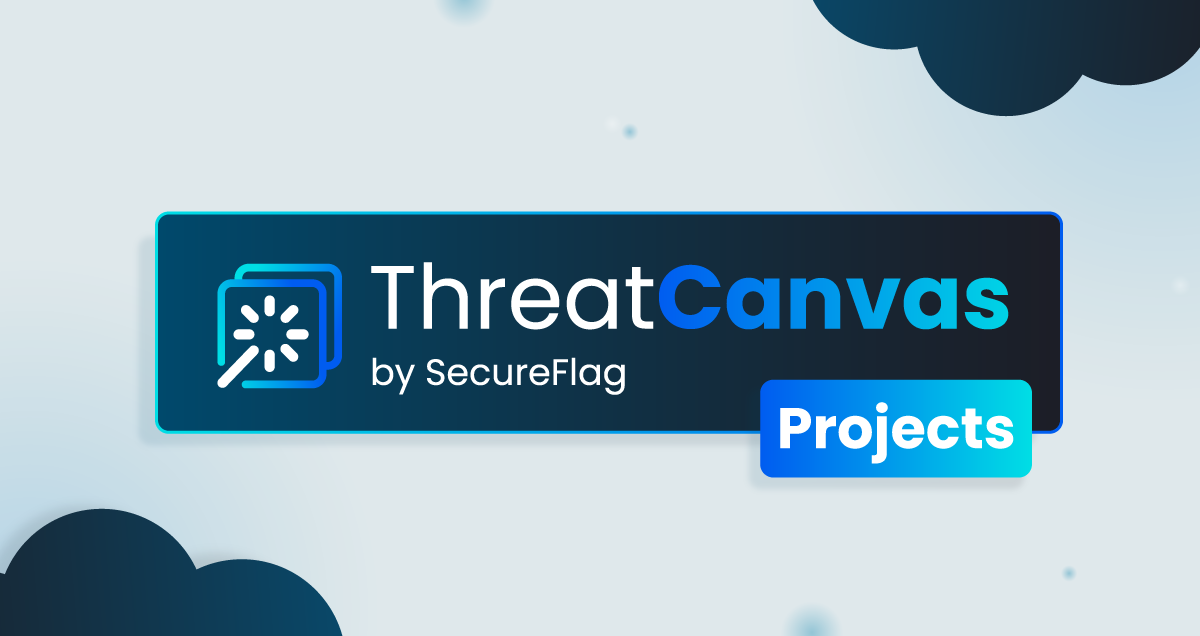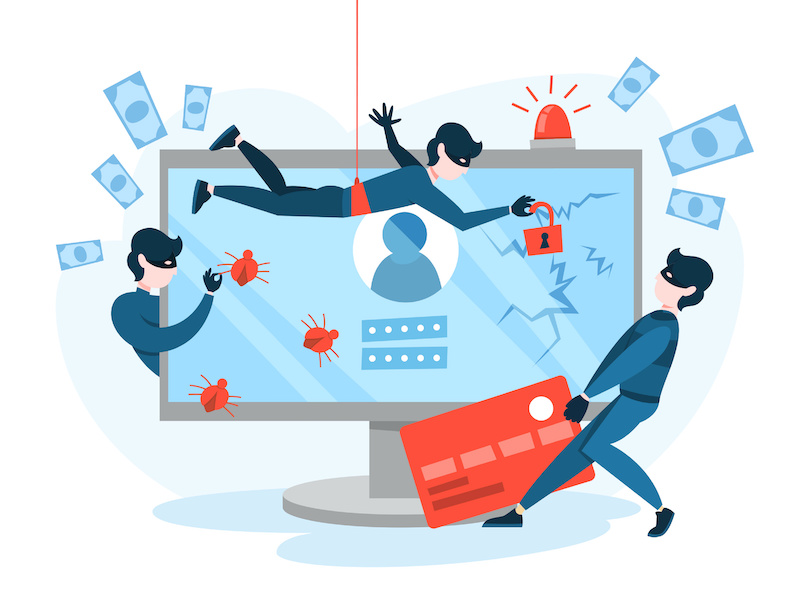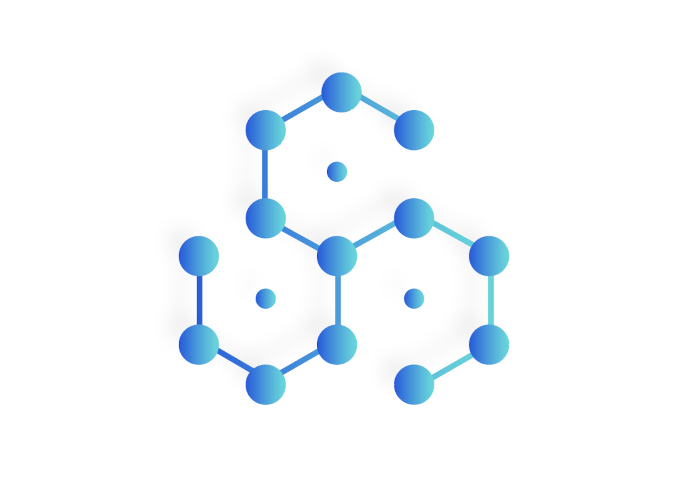Managing threat models across multiple teams and products can become complex and overwhelming. If there is no proper structure, models end up across different documents and software, making it hard to see how everything fits together.
ThreatCanvas Projects changes that by giving teams a single workspace to organize related threat models, collaborate across teams, and keep risk management connected to everyday development work.

Organize Threat Models by Product or Team
With Projects, you can group threat models by product, team, component, or anything that aligns with your architecture. For example, if you’re developing a payment system, it’s possible to put all the related models (such as auth flow, transaction processing, and ledger) in one Project.
Each team maintains its own models while keeping dependencies visible, giving you a clearer view of how changes in one area impact another. Projects bring order and visibility to complex systems, making it straightforward to manage risk at every level.
Collaborate Seamlessly Across Teams and Organizations
The Projects feature works across ThreatCanvas organizations, so you can collaborate at scale with other business units or external partners without recreating everything. Access control is granular, allowing permissions to be granted to individual users, teams, or dynamically assigned based on user tags.
Users can receive read or read/write privileges depending on their role. If you need contractors to review models but not edit them, give them read-only access. If you want auto-provisioning based on your SSO, pass custom SAML claims, and it happens automatically.
You control who sees what, without manual overhead every time someone joins or changes roles.
Consistent Risk Management Through Inherited Templates
Define your risk templates and modifiers at the Project level, and every new threat model inherits them automatically. Teams can assess risks the same way when it comes to criteria, thresholds, and mitigation priorities.
There doesn’t have to be confusion over what “high severity” means or missed risk categories because every team rates things differently. It ensures alignment with your organization’s security policies while still allowing flexibility for specific contexts.
Embed Threat Modeling Into the Development Lifecycle
ThreatCanvas Projects makes it easy to integrate threat modeling into the SDLC. As teams design, develop, and deploy features, their corresponding threat models stay organized and up to date within the same Project.
Threat modeling becomes a continuous part of development, like testing or code review, but with a focus on security thinking.
ThreatCanvas Helps Teams Create Safer Software
ThreatCanvas is a complete automated threat modeling solution for managing risks and embedding security into everyday development.
With ThreatCanvas, teams can:
-
Generate models from text, diagrams, or infrastructure-as-code.
-
Use pre-built templates aligned with major frameworks such as STRIDE, PCI DSS, HIPAA, Privacy, and OWASP Top 10.
-
Keep models updated as code and systems change.
-
Integrate directly with Jira and Azure DevOps Boards.
-
Collaborate across teams to make security a shared responsibility.
Threat modeling doesn’t have to be a massive undertaking that delays releases. With ThreatCanvas, it becomes embedded in how teams work and is connected to the systems being developed.


